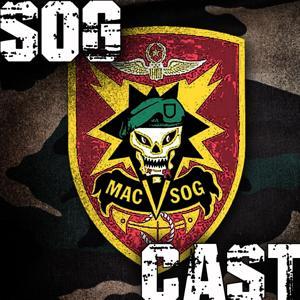
Sign up to save your podcasts
Or



By Evergreen Podcasts | The Honor Project





4.7
636636 ratings



The podcast currently has 263 episodes available.










The podcast currently has 263 episodes available.

322 Listeners

3,981 Listeners

1,236 Listeners

510 Listeners

78 Listeners

98 Listeners

91 Listeners

4,055 Listeners

98 Listeners

1,410 Listeners

87 Listeners

427 Listeners

540 Listeners

1,659 Listeners

186 Listeners

574 Listeners

531 Listeners

1,269 Listeners

920 Listeners

1,803 Listeners

1,565 Listeners

774 Listeners

93 Listeners

97 Listeners